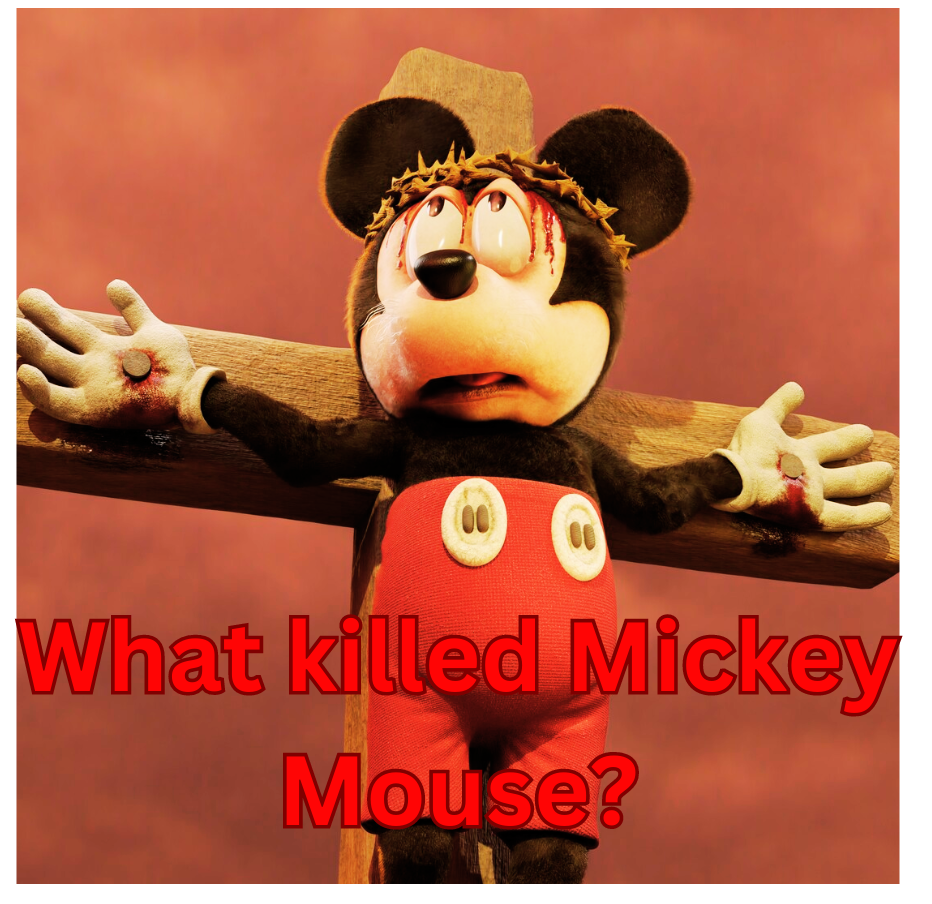What Killed Mickey Mouse? Exploring The Evolution Of An Icon
Introduction
Mickey Mouse, one of popular culture’s most beloved and enduring icons, has been entertaining audiences for nearly a century. Created by Walt Disney and Ub Iwerks in 1928, Mickey Mouse soon became a symbol of hope, happiness, and imagination for generations of children and adults. However, as time went on, some wondered if Mickey’s magic had faded and what might have contributed to his apparent decline. In this blog post, we’ll explore the factors that may have “killed” Mickey Mouse as a cultural force and examine the evolution of this iconic character.
1. passage of time
One of the most important factors in the development of Mickey Mouse is the passage of time. Created during the Golden Age of animation, Mickey was a product of its era. His early cartoons, such as “Steamboat Willie” and “The Sorcerer’s Apprentice” in “Fantasia”, introduced audiences to the magic of animation and the joy of storytelling through moving images. However, as animation techniques and technologies evolved, so did audience expectations.
With the advent of 3D animation and computer-generated imagery (CGI), the two-dimensional, hand-drawn Mickey Mouse began to look outdated compared to the more impressive and sophisticated characters in contemporary animated films. In a world where Pixar and Disney’s own CGI films dominated the box office, Mickey’s traditional style seemed less appealing to the younger generation.
2. Competition from new characters
As time went on, Mickey Mouse had to compete with a growing list of new and exciting Disney characters. Characters like Simba from “The Lion King”, Elsa from “Frozen” and Buzz Lightyear from “Toy Story” captured the hearts of audiences around the world. These new characters represented the modern Disney brand and attracted younger audiences.
In contrast, Mickey Mouse’s popularity, despite his enduring appeal, was somewhat eclipsed by these newcomers. Although he continued to appear in various media, including television shows and theme park attractions, his role as a major Disney character became less significant.
3. Change in cultural sensibilities
Early Mickey Mouse cartoons often featured humor that was typical of the time but would be considered politically incorrect or culturally insensitive today. As society evolved and became more aware of issues related to race, gender, and stereotypes, some of Mickey’s older cartoons became problematic.
Disney has made efforts to address these issues, such as including disclaimers on some classic cartoons and limiting their availability. However, it also promoted the perception that Mickey Mouse was a character of the past whose appeal had waned in a socially conscious world.
4. Disney’s change in focus
In the late 20th and early 21st centuries, Disney diversified its entertainment offerings. Although still best known for its animated films and theme parks, the company expanded into other areas, including television networks such as ESPN, the acquisition of major franchises such as Star Wars and Marvel, and the launch of its streaming service, Disney+. Is included.
These strategic moves reflected a change in Disney’s priorities, as the company aimed to attract a broader range of audiences and generate new revenue sources. Mickey Mouse, as a classic Disney character, was no longer the sole face of the company.
conclusion
Although it may be tempting to declare that something “killed” Mickey Mouse, the reality is more subtle. The evolution of Mickey Mouse is not a death knell, but a natural progression of an iconic character adapting to changing times. He remains an iconic symbol of nostalgia and Disney’s rich history.
Mickey Mouse may no longer be the sole, dominant figure in the Disney universe, but his legacy lives on in the hearts of those who grew up with him and the continued presence of his eternal charm. Disney has shown a commitment to preserving its legacy while introducing new characters and stories to capture the imagination of each new generation. In this way, the magic of Mickey Mouse endures, even as he evolves over time.
